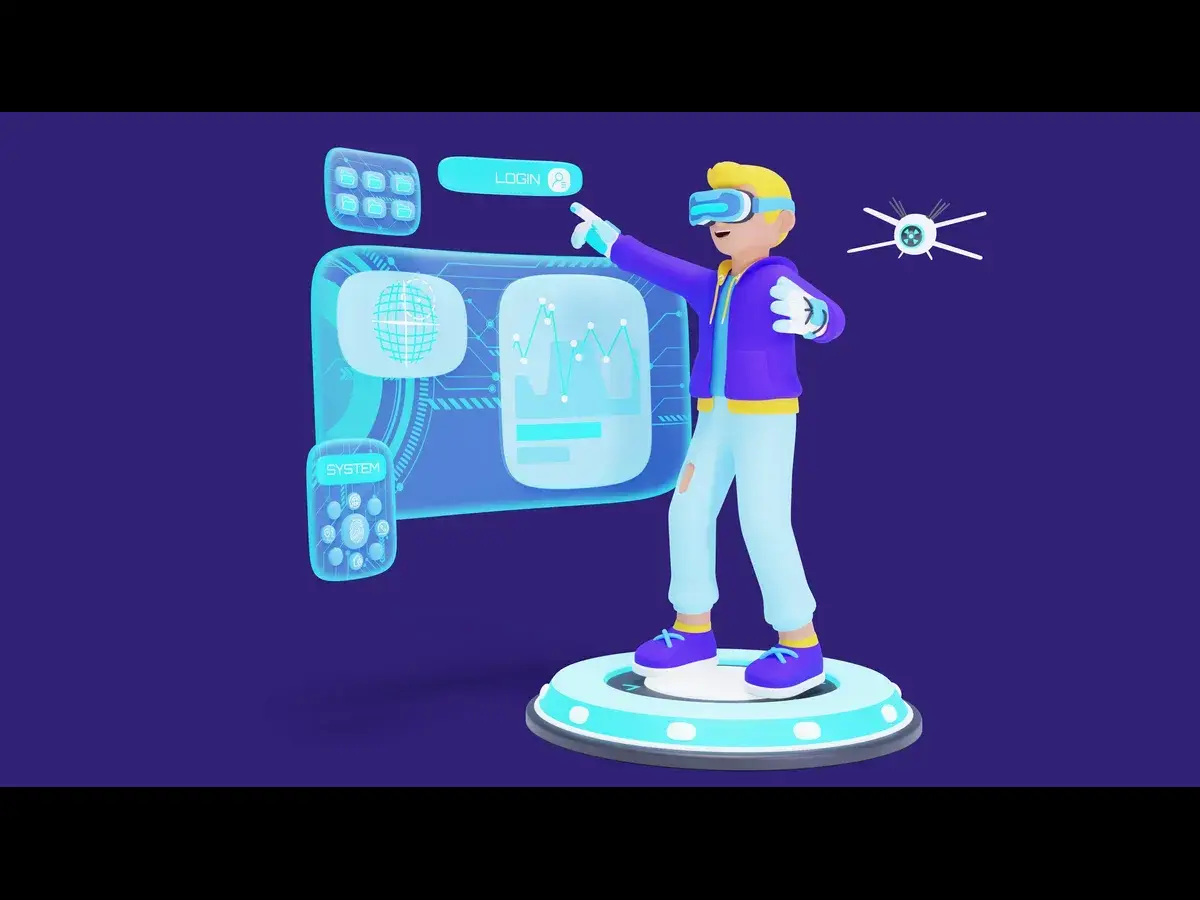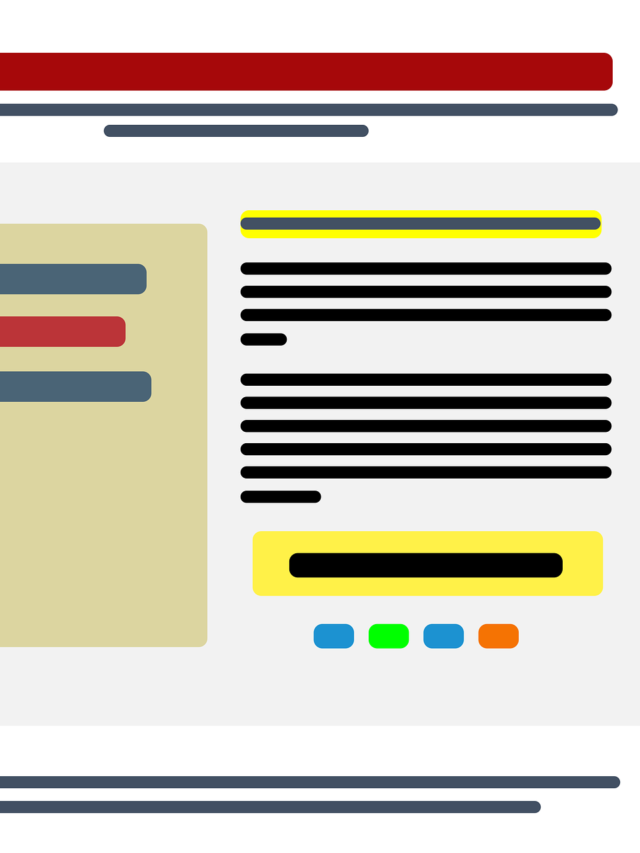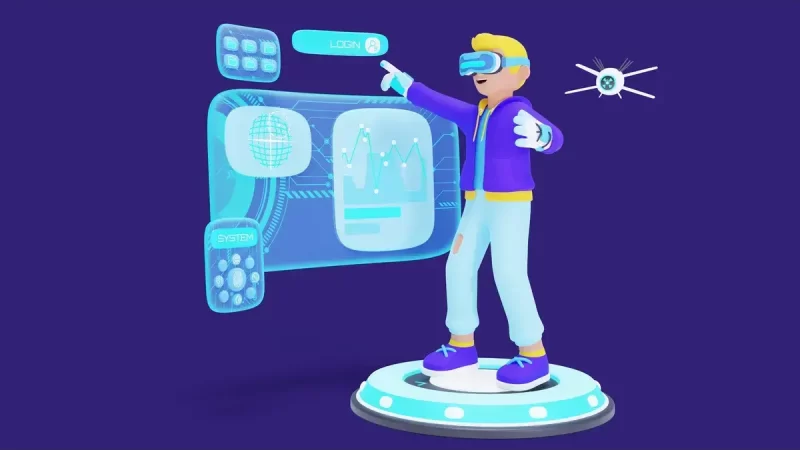Google AI Overviews Get a Boost with Ray AIO Update: Enhancing Stability and Performance

Google AI, known for its cutting-edge advancements in artificial intelligence, has recently released an update for its Ray AI Overview (AIO) platform. This update focuses on enhancing the stability and performance of Ray AIO, a critical tool for developers and researchers in the AI community. In this article, we will explore the key features of this update and how it benefits users by improving the overall experience of working with Google AI.
What is Ray AIO?
Ray AIO is an open-source platform developed by Google to simplify the process of building and running AI applications. It provides a unified interface for various AI tools and frameworks, allowing users to streamline their workflows and reduce the complexity associated with AI development. Ray AIO supports a wide range of AI tasks, including machine learning, deep learning, and reinforcement learning.
Key Improvements in the Update
Enhanced Stability
One of the primary goals of the latest Ray AIO update is to improve the platform’s stability. Users often encountered issues related to crashes and unexpected behavior, which could disrupt their work and slow down their progress. The new update addresses these concerns by introducing several stability enhancements, such as:
- Bug Fixes: The update includes numerous bug fixes that resolve issues reported by users. These fixes ensure a smoother and more reliable experience when using Ray AIO.
- Improved Error Handling: Enhanced error handling mechanisms have been implemented to better manage unexpected situations. This helps in preventing crashes and maintaining the platform’s stability.
- Optimized Resource Management: The update optimizes resource management within Ray AIO, ensuring that the platform can handle larger workloads without compromising stability.
Improved Performance
In addition to stability, the update also focuses on enhancing the performance of Ray AIO. Performance improvements are crucial for developers and researchers who rely on the platform for running computationally intensive AI tasks. The key performance enhancements include:
- Faster Execution Times: The update introduces optimizations that reduce the execution time of AI tasks. This allows users to complete their work more quickly and efficiently.
- Scalability Enhancements: Ray AIO’s ability to scale across multiple nodes has been improved, enabling users to leverage distributed computing for faster processing of large datasets.
- Enhanced Parallelism: The update enhances the platform’s parallel processing capabilities, allowing users to run multiple AI tasks simultaneously without significant performance degradation.
User Experience Enhancements
Apart from stability and performance improvements, the update also brings several enhancements to the overall user experience of Ray AIO. These enhancements are designed to make the platform more user-friendly and accessible to both novice and experienced AI practitioners.
Intuitive Interface
The update includes a revamped user interface that is more intuitive and easier to navigate. The new interface provides a seamless experience, allowing users to access the tools and features they need with minimal effort. Key improvements in the interface include:
- Simplified Navigation: The interface has been reorganized to make it easier for users to find the functionalities they need. This reduces the learning curve and helps users become productive faster.
- Enhanced Visualization Tools: Improved visualization tools have been added to the interface, allowing users to better understand and interpret their AI models and results.
Comprehensive Documentation
To support users in making the most of Ray AIO, the update includes comprehensive documentation. The documentation provides detailed guides and tutorials on how to use the platform effectively. Key aspects of the documentation include:
- Step-by-Step Tutorials: The documentation features step-by-step tutorials that guide users through common tasks and workflows. These tutorials are designed to help users quickly get up to speed with the platform.
- API References: Detailed API references are provided to help developers understand the various functions and features available in Ray AIO. This allows for more efficient and effective use of the platform’s capabilities.
The latest update to Google AI’s Ray AIO platform brings significant improvements in stability and performance, making it a more reliable and efficient tool for AI development. With enhanced stability, improved performance, and a more user-friendly experience, Ray AIO continues to be a valuable resource for developers and researchers in the AI community. Whether you are working on machine learning, deep learning, or reinforcement learning projects, the updated Ray AIO platform is designed to support your needs and help you achieve your AI goals more effectively.
FAQs:
Ray AIO is an open-source platform developed by Google to simplify the process of building and running AI applications. It provides a unified interface for various AI tools and frameworks, supporting a wide range of AI tasks, including machine learning, deep learning, and reinforcement learning.
The main goals of the latest update are to enhance the stability and performance of the Ray AIO platform. This includes resolving bugs, improving error handling, optimizing resource management, reducing execution times, and improving scalability and parallelism.
The update improves stability through numerous bug fixes, better error handling mechanisms, and optimized resource management, ensuring a smoother and more reliable experience when using Ray AIO.
Performance enhancements include faster execution times for AI tasks, improved scalability for distributed computing, and enhanced parallel processing capabilities, allowing users to run multiple AI tasks simultaneously with minimal performance degradation.
Yes, the update includes comprehensive documentation with step-by-step tutorials and detailed API references. This documentation is designed to help users quickly get up to speed with the platform and make effective use of its capabilities.







